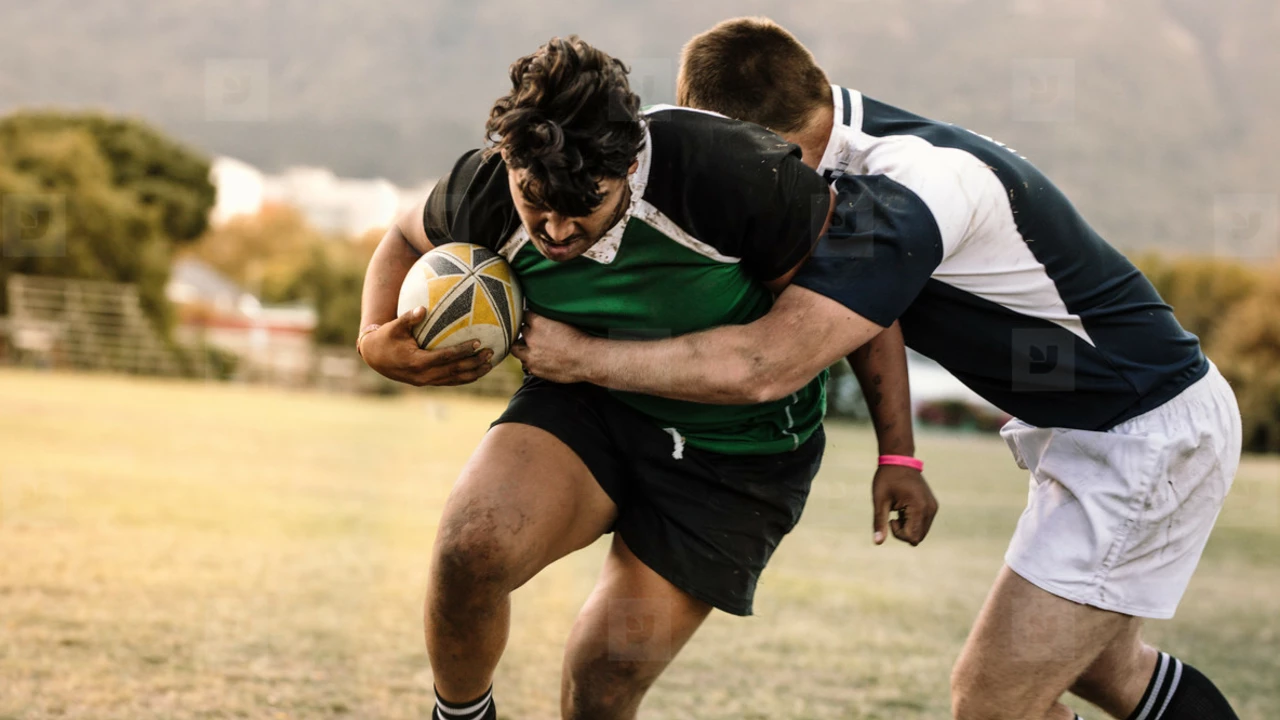Sports Transition: Bringing Rugby Ideas Into New Games
Ever wonder why a rugby fan can pick up an NFL playbook and feel right at home? It’s not magic – it’s the way sports share core ideas. When teams borrow tactics, training methods, or even culture, the game evolves faster and fans get fresh excitement.
Why rugby tactics work in other sports
Rugby’s endless flow forces players to think on their feet. That pressure creates quick decision‑making skills that translate well to sports with stop‑start play, like American football. Imagine using a rugby‑style pass on a NFL sideline; the ball never stops moving, confusing defenders who expect a set play.
Fans notice the change. A recent article asked, “What if you use rugby tactics in an NFL match?” The answer highlighted more chaotic, high‑energy moments that keep crowds on edge. Safety concerns are real – rugby players wear less gear – but the strategic shake‑up can inspire new rules or hybrid leagues.
From the field to the whistle: transitioning roles
Transition isn’t just for players. Coaches, referees, and even fans shift between sports. Want to become a rugby referee? The World Rugby course blends theory and hands‑on drills, preparing you to manage fast‑paced games. Those skills apply to other codes that value fair play and quick calls.
And the players themselves can switch. Jonah Lomu’s blend of power and speed made him a legend in rugby, but his style would fit a soccer striker or a rugby‑styled running back in football. Seeing talent cross borders sparks conversations about what makes an athlete truly versatile.
Rowdy behavior, often blamed on rugby’s physical nature, actually comes from the camaraderie and adrenaline that fuel teamwork. When that energy moves to a new sport, it can raise the excitement level without turning into bad conduct. Fans love the rough‑and‑tumble vibe, as long as the game stays safe.
Popular clubs, like the All Blacks, are often called the “Real Madrid of rugby” because of their dominance. Their brand power shows how a strong identity can travel across sports markets, attracting sponsors and new supporters who appreciate excellence, no matter the code.
Even the name of the sport can cause confusion. Rugby is sometimes called football because both grew out of the same English school games. Understanding that history helps fans see why certain rules overlap and why transitions feel natural.
For anyone curious about sports transition, start simple. Watch a rugby match, note the fluid passing, then see how a football team runs a play. Try a training drill that mixes both – a short‑pass sprint followed by a tackle stop. You’ll feel the overlap instantly.
Bottom line: sport isn’t a closed box. Ideas flow, players adapt, and fans enjoy the fresh mix. Whether you’re a player, coach, or just a curious spectator, watching how rugby blends with other games opens up a world of excitement.
Are there any rugby players who went on to play in the NFL?
Well, buckle up sports fans, because we're about to hit a whole new level of awesome! Picture the scene - the rough and tumble world of rugby colliding with the glitz and glamour of the NFL! Unbelievable right? Well, it's happened! Players like Hayden Smith and Jarryd Hayne have bravely swapped their rugby jerseys for the shoulder pads and helmets of American football, proving to us all that athleticism knows no bounds. Keep your eyes peeled, folks, because who knows what other rugby stars we might see lighting up the NFL in the future!
